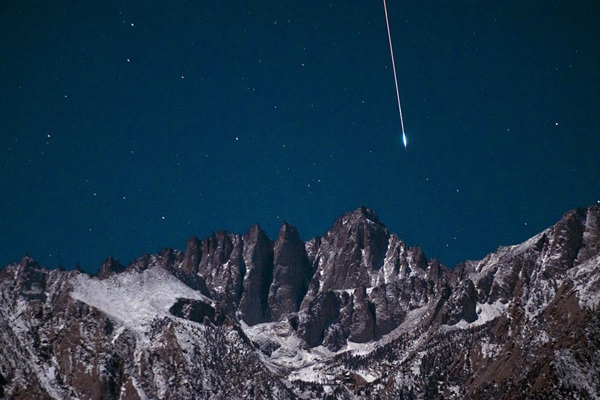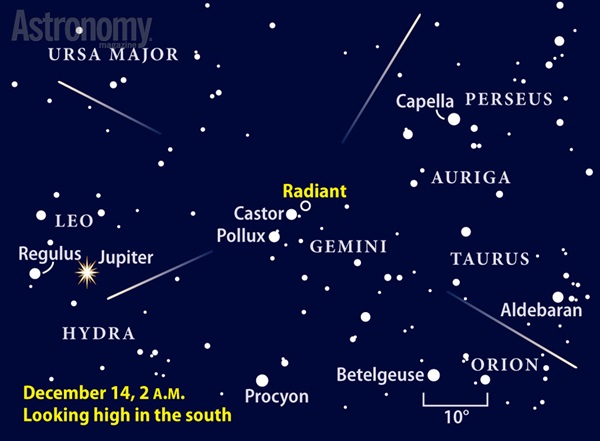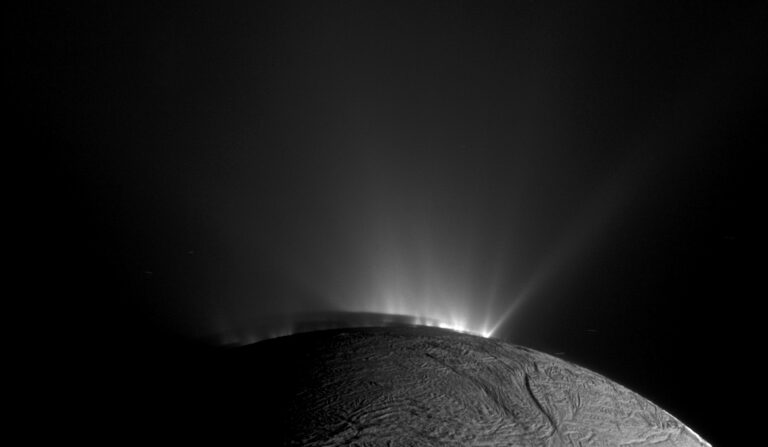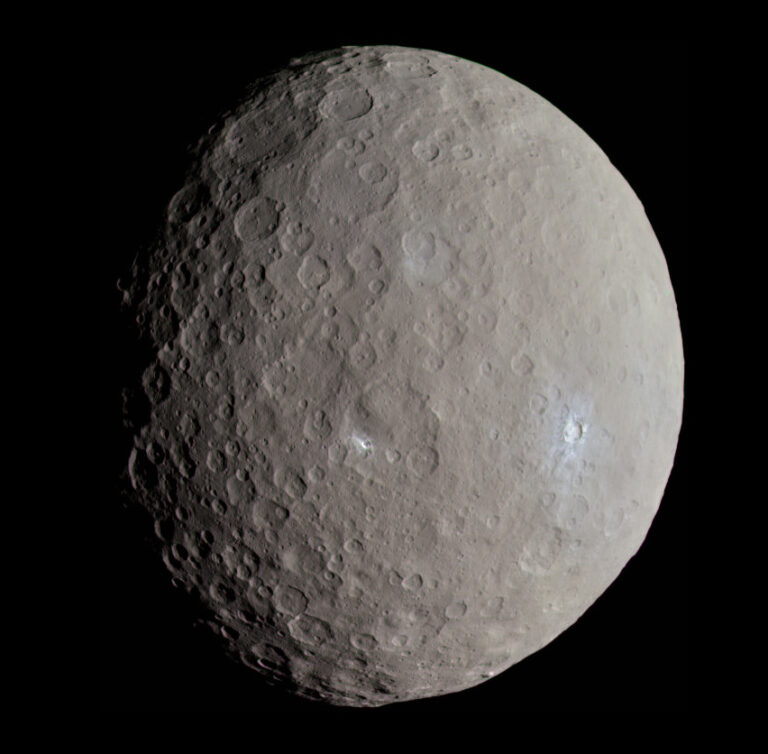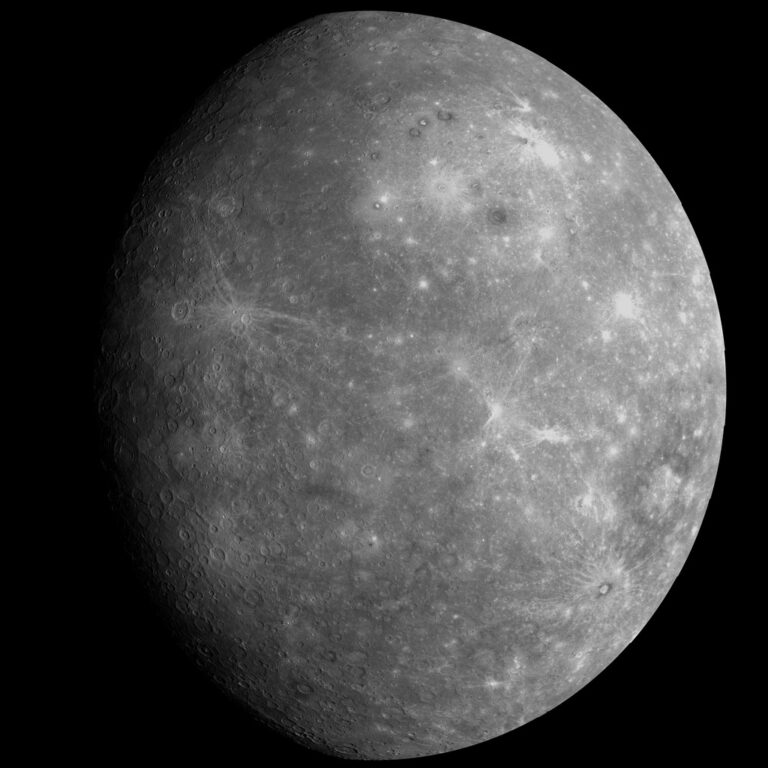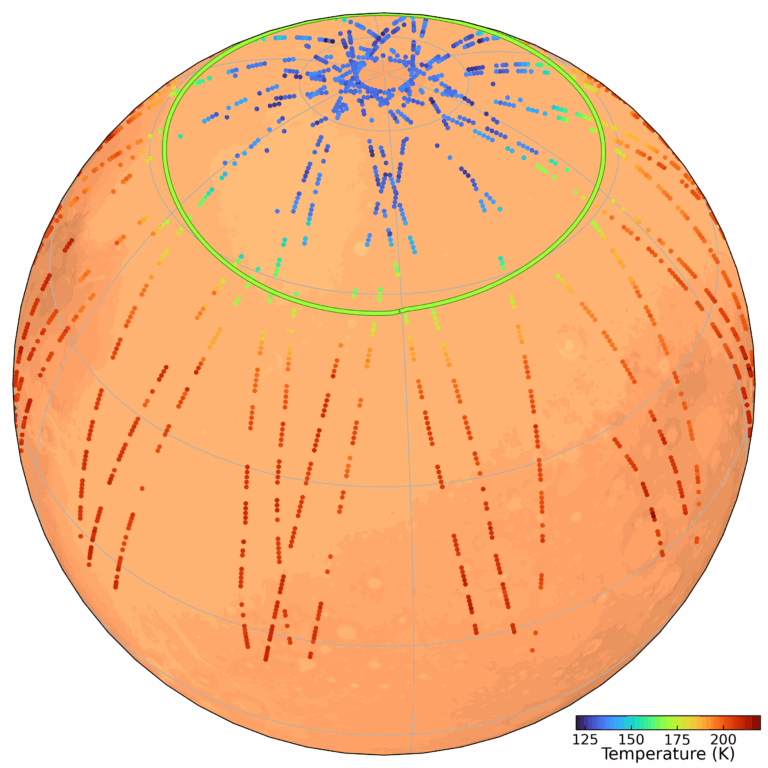Key Takeaways:
Geminid meteors are relatively slow moving, and many leave smoke trails that can last a number of seconds. This year, the shower is active from December 4 to 17. The Geminid meteor shower has a broad peak, so observers should see an excellent show all night on the 13th/14th.
According to Astronomy Contributing Editor Mike Reynolds, “The Geminid shower is one of the best of the year and usually produces a good percentage of bright meteors, so it’s worth heading outside for, even when the weather is cold.”
As the radiant approaches the zenith (the overhead point) soon after midnight, observers under clear skies who keep the rising Moon at their backs should see 80 to 120 meteors per hour. This rate makes the Geminid shower one of the two best of the year, right up there with August’s Perseid meteor shower.
Meteors are small particles of rock and metal that Earth runs into while orbiting the Sun. In space, astronomers call these particles meteoroids. When they burn up in the atmosphere, they become meteors. If they survive the fiery ordeal through our thick blanket of air and land on Earth, we then classify them as meteorites. No meteorites come from meteor showers — the particles are too small.
In 1983, after more than a century of searching for the Geminid shower’s parent comet (astronomers first noted the Geminids in 1862), scientists realized that the asteroid 3200 Phaeton has an orbit almost identical to the Geminid meteoroid stream. Further study confirmed that the asteroid was the progenitor of the Geminid meteor shower.
To maximize the chances of seeing meteors, choose a dark site. “‘Dark’ means at least 40 miles from a major city,” Reynolds says. And you can leave your telescope at home. “You don’t need a telescope or binoculars to observe the Geminids. Your eyes alone work best because they don’t restrict your field of view.” That said, he added that binoculars will help you follow any long-lived smoke trails.
Suggested gear includes a lawn chair, lots of warm clothing, blankets, cookies or fruit, and a warm, nonalcoholic beverage. Alcohol interferes with the eye’s dark adaption as well as the visual perception of events.
After sunset, a meteor watcher should face generally east and look halfway up. Around midnight, look generally overhead. After midnight, move your gaze to high in the western sky.
- Video: How to observe meteor showers, with Michael E. Bakich, senior editor
- Video: Easy-to-Find Objects in the 2014/2015 Winter Sky, with Michael E. Bakich, senior editor
- StarDome: Locate the shower’s radiant in Gemini in your night sky with our interactive star chart.
- The Sky this Week: Get your meteor shower info from a daily digest of celestial events coming soon to a sky near you.
- Sign up for our free weekly email newsletter.

